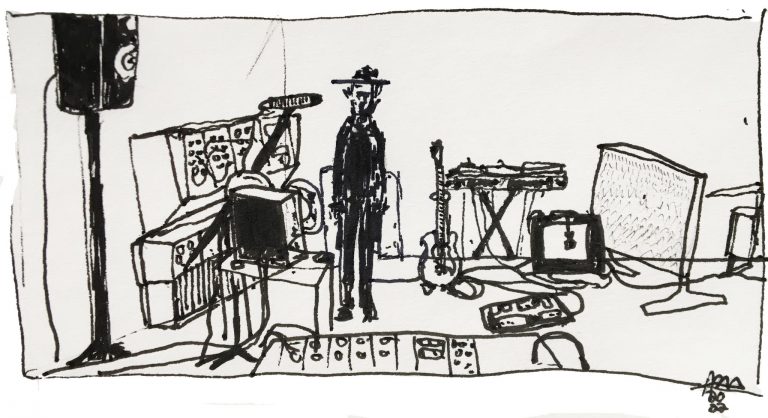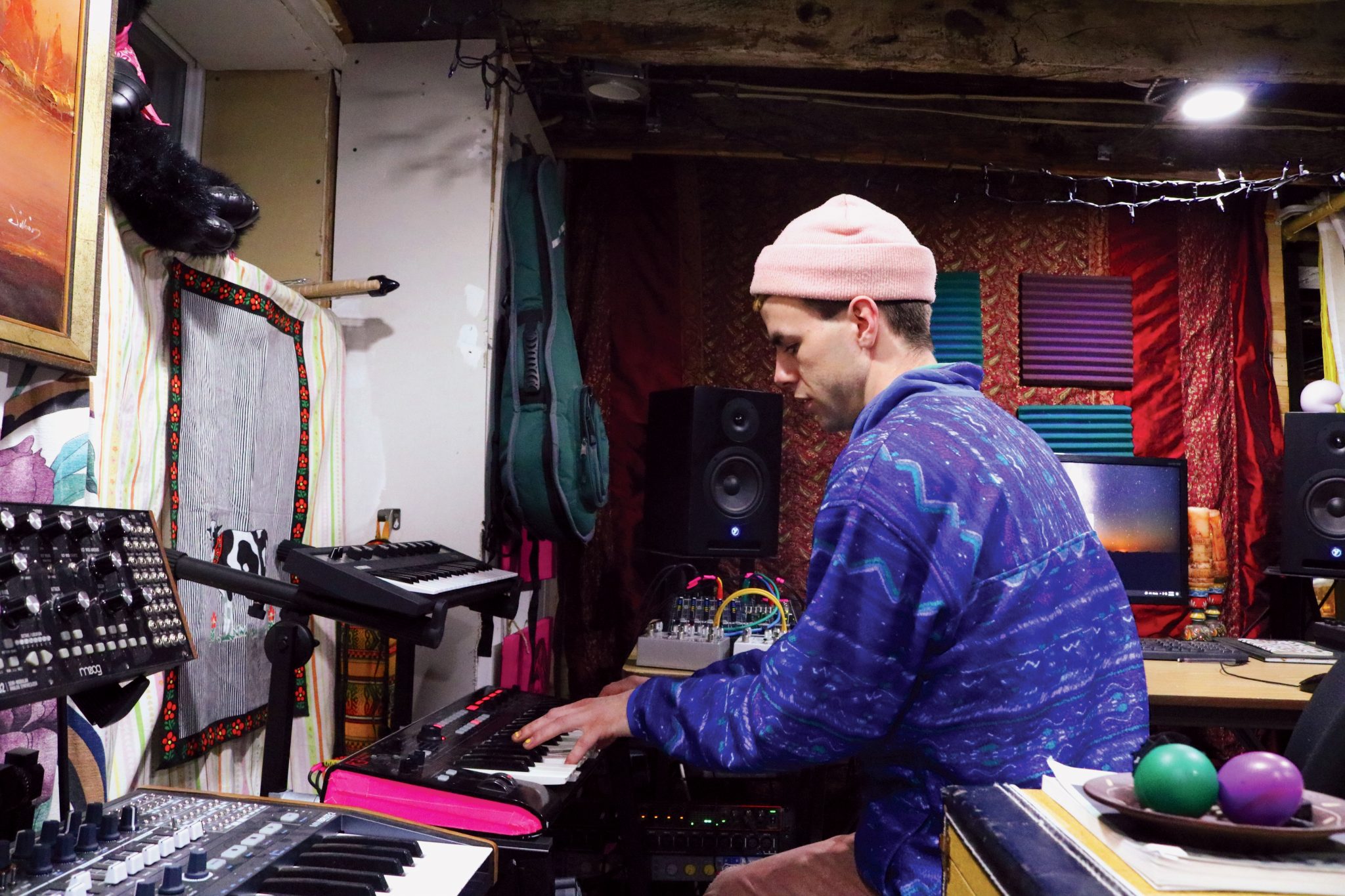As musicians get used to life at the height of a new normal, the significance of creative expression becomes evident. The need to feel inspired and the urge to create moves beyond restrictions as we adapt. We express ourselves in new ways despite our circumstances. Creative expression preserves some semblance of connectedness—whether it be from sharing music remotely or performing under restricted conditions.
Our inclination to share our creative projects with our community stems from our need to be heard. During a pandemic, it is easy to lose touch with the things that define us.
Amid the slew of major bands having to cancel tours, musicians operating locally were impacted by the pandemic as well. Having been forced to close for months at a time, the Starlight and Chainsaw in Waterloo are just two venues that permanently closed in 2020. Venues were closing as a result of the pandemic, bands were fixed in their extended hiatuses and things were looking bleak for musicians in general.
As restrictions eased, there was an influx of alternative venues like art galleries, basements, and back yards that became music venues. Gourmet, a weirdo-pop outfit located in Cambridge, helped keep music alive by hosting a clandestine show somewhere in the woods along the river bluffs in Galt. The duo consists of Kiddo Riddell and Michael Warrington.
“In the fall, we ended up purchasing a gas-powered generator and we were able to organize a few small, socially distanced backyard shows with other friends and local artists. Establishing some sort of normalcy was key and provided us an outlet for new music we had been working on,” Riddell said.
As stories of bands adapting to our unprecedented situation circulate, the need to create and share music remains important. B.A. Johnston incorporated public health regulations like having sanitizer on stage into his performances—he even performed under a tarp in front of a crowd.
“I’ve been pretty busy playing [in] people’s driveways. People definitely missed music and even if they couldn’t see a show in a bar, they were more than ready to see one on their deck,” Johnston said.
Alternative spaces are instrumental in allowing artists to perform. They have been a significant contributor to our communities by uplifting artists and providing spaces to perform. Those who operate these alternative spaces—as much as those who occupy them in support—play an important role in our communities.
Tori Dawn of Blankie navigated the pandemic in solitude as they prepared for an album release. Dawn is a songwriter whose introspection serves as a gateway into their creative process.
“Over the last two years of the pandemic, I’ve been able to fill my first ever loop pedal with songs I’ve made in my many moments of solitude. They were just for me, a way to stay connected to my spirit and combat depression. A lot of those songs came to me right away so they feel really real,” Dawn said.
Playing music with people is like a psychic language. The ceremonious practice offers a sense of connectedness during a time when we are usually distanced.
Local musician Dan finds solace in making music with people. They discuss the significance of music in their own life. Dan finds creative purpose in collaborating with local musicians—they helped Dawn with recording and mixing a collection of songs.
“Music is such a big part of my life and, thankfully, it can be there for me when, because of the pandemic, other important things have gone away. Listening to music is still as enjoyable as ever, and I think there’s something extra inspiring about artists releasing anything right now,” they said.
“I’ve been pretty inactive in writing/recording, but I’ve been jamming with some great folks here and there, and taking all the time to work on my home studio space. Just as I was finishing up with that, a friend reached out for help with recording and mixing, which in turn got me motivated to create again,” Dan said.
Isolation can influence creativity for the better. Eric Dimock creates art and releases music under the enterprise of Acid Damage. Dimock’s ambient/noise art uses minimal instrumentation to create detailed soundscapes. In his creative process, Dimock embraces isolation.
Dimock was in a few simultaneous projects pre-pandemic. During the pandemic, he used the lockdowns to engage with music more.
“Once we locked down, I started learning the piano and deliberately making complicated loops and music, then not recording it, turning all the gear off, the same way when you start just learning and doing ‘cause that’s the point of it. I also listened to more music than I would have in three years and tried to buy as much music as I could through hitting up Bandcamp Fridays,” he said.
Albums created during the pandemic are each an example of creative resilience. They serve as an undeniable indication that the urge to make and do things will not suffer stagnation for long. Musicians find different ways to cope with the same problem. For one musician, lockdowns can bring upon the opportunity to experiment and to learn new skills. For another, they can emphasize the significance of building and maintaining musical relationships with people. Our need to collaborate and to share our work is the driving force behind a flourishing creative community. Having experienced a pandemic collectively, our hardships have given way to remarkable insights. The impulse to create feels more like a biological imperative as we begin to reconnect with our communities.




